There were many different terms for men in the 1920s, depending on what kind of men they were.
From the simplest, most generic terms that could describe just about any man, to the most specific and odd-sounding to the modern ear, there were terms for almost anything you could imagine.
Today, we’re going to look at a selection of these terms, and where they might have come from.
Let’s dive into it.
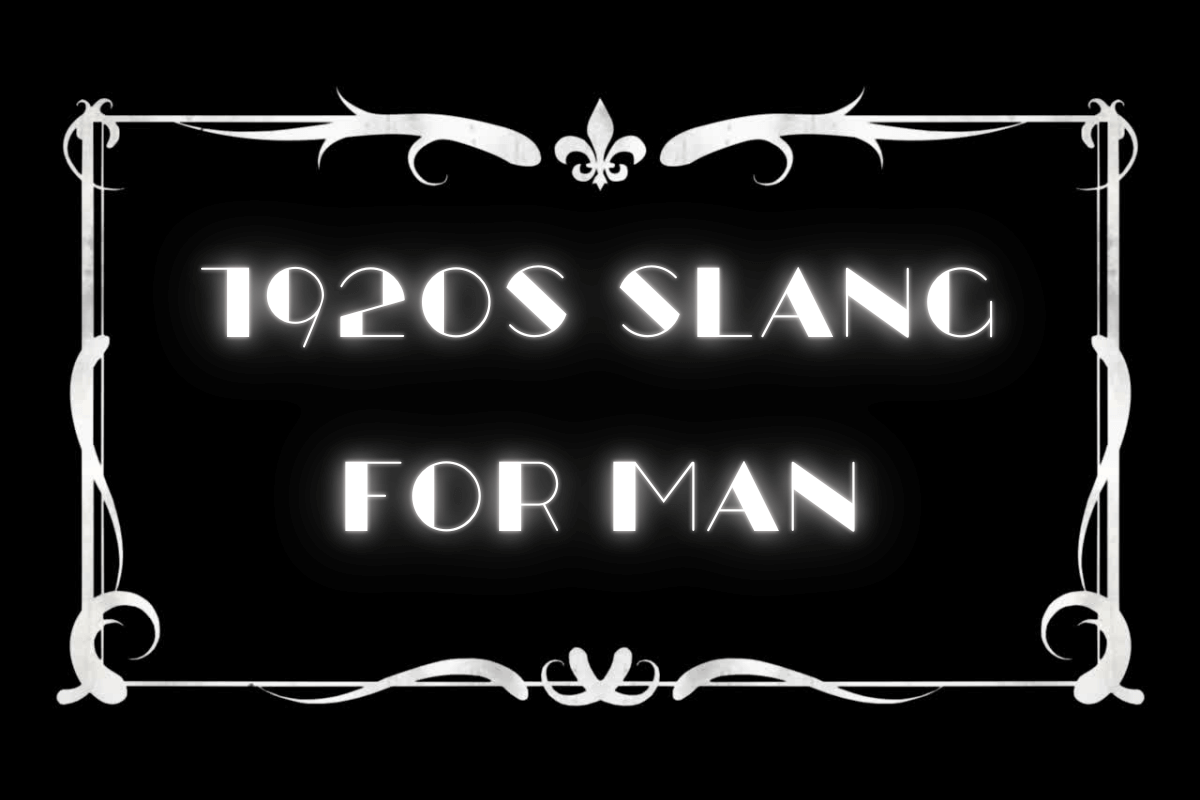
1920s Slang For Man
Big Six
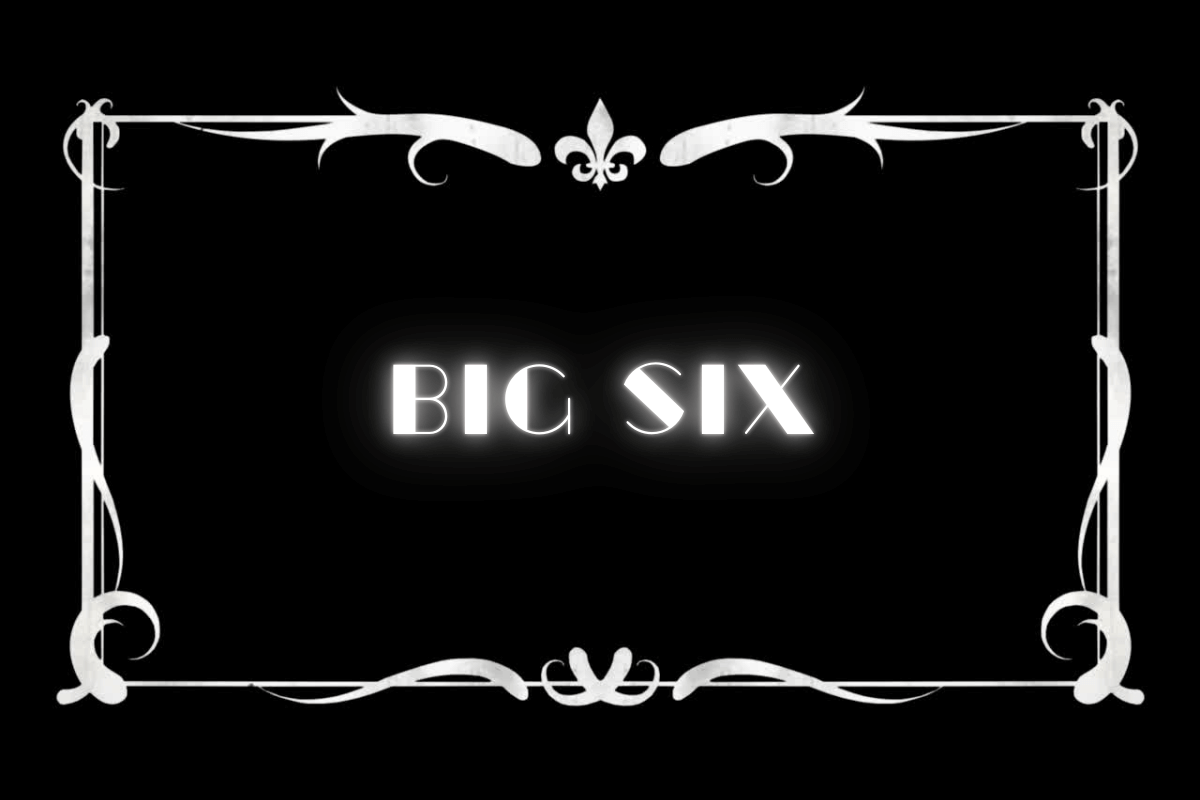
The term “Big Six” in the 1920s referred to someone with great influence, strength, or leadership.
It originally gained popularity as a nickname for legendary baseball pitcher Christy Mathewson, whose dominance on the mound made “Big Six” synonymous with being at the top of one’s game.
Over time, the phrase expanded beyond baseball, being used to describe any commanding figure, whether in business, politics, or crime.
During the Roaring Twenties, with the rise of organized crime, industrial tycoons, and powerful politicians, being called a “Big Six” implied authority and dominance.
It was a compliment, signifying a man who was respected—or sometimes feared—by those around him.
Examples in sentences:
- “He’s the Big Six of the local racket—nobody makes a move without his say-so.”
- “Only the Big Six of Wall Street can pull off a deal like that.”
- “With his influence in city hall, he’s practically the Big Six of this town.”
- “That fella thinks he’s the Big Six, but he’s got nothing on the real bosses.”
- “You wanna make it big? You gotta get in with the Big Six.”
Boob

The term “boob” has been around for centuries, but in the 1920s, it became popular slang for a foolish or clumsy man.
Often used to describe someone who made mistakes or lacked common sense, it became a go-to term for those who were gullible or naïve.
It was frequently used in gangster slang, where hapless henchmen or bumbling characters were referred to as “boobs” in movies and television.
Though the word “boob” has acquired a more contemporary, crude association with women’s anatomy, its original meaning in the 1920s was more innocent.
It was simply used to point out someone who wasn’t the sharpest tool in the shed.
The term itself comes from the Spanish word “bobo,” meaning a foolish person, and has been in English since the 16th century.
Examples in sentences:
- “Don’t be such a boob—everybody knows that’s a bad idea.”
- “He’s the kind of boob who believes every tall tale he hears.”
- “I can’t believe he fell for that scam—what a boob!”
- “Stop acting like a boob and use your head for once.”
- “She’s not going to give him a second chance after he made a boob of himself at the party.”
Cake Eater
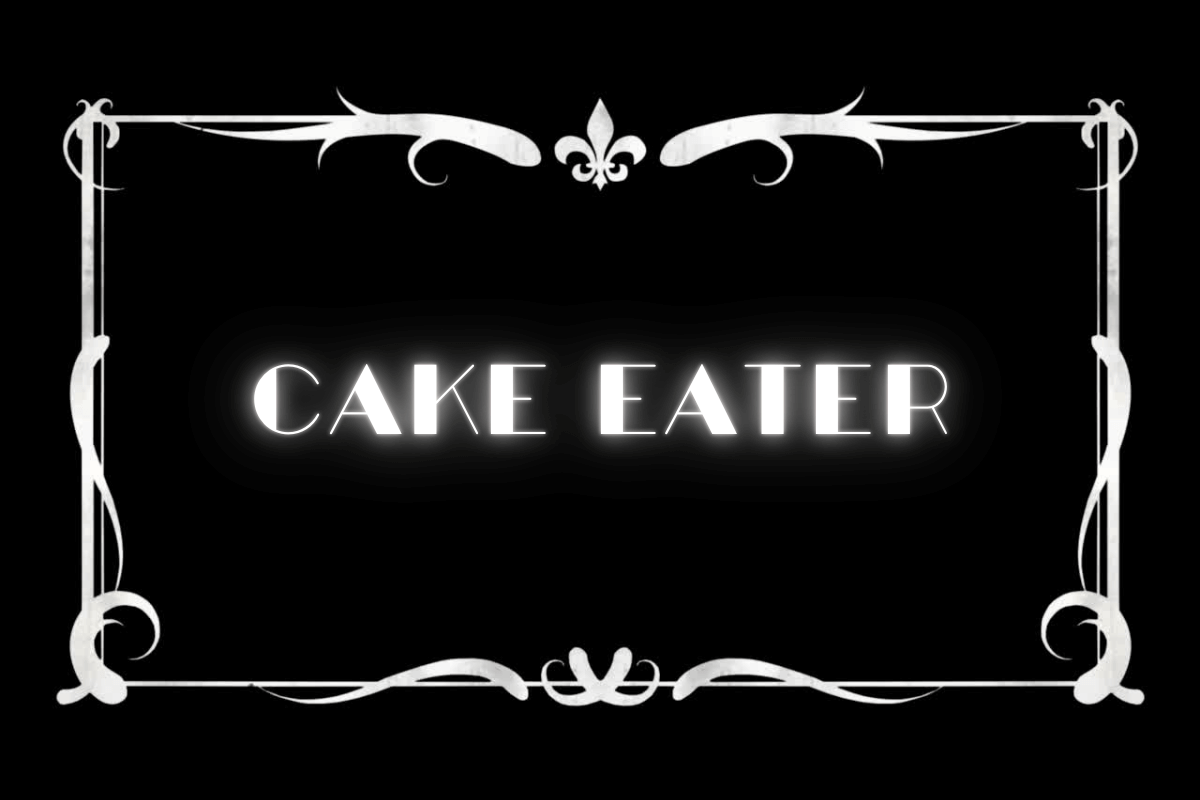
The term “cake eater” in the 1920s didn’t have anything to do with eating cake at all—rather, it referred to a man who was quite the ladies’ man, often seen in the company of women and known for his charm.
It wasn’t necessarily a negative term, though it did carry a sense of being a little too smooth, a bit too interested in courting women for attention.
Though its exact origins are unclear, some believe the term may have been derived from the idea that cake was a treat associated with women at the time, and to “eat cake” could imply being surrounded by women or indulging in the pleasures of romance and attention.
Regardless of where it came from, a “cake eater” was someone who knew how to catch the eye of the ladies—and, perhaps, indulge a little too much in the social scene.
Examples in sentences:
- “That cake eater always has a new lady on his arm—what’s his secret?”
- “Don’t be a cake eater, stick with someone who actually likes you for more than your charm.”
- “He’s not interested in anything serious; he’s just a cake eater who loves the attention.”
- “She’s had enough of that cake eater who never sticks around for long.”
- “The cake eater spent the evening dancing with the prettiest girls at the party.”
Cat
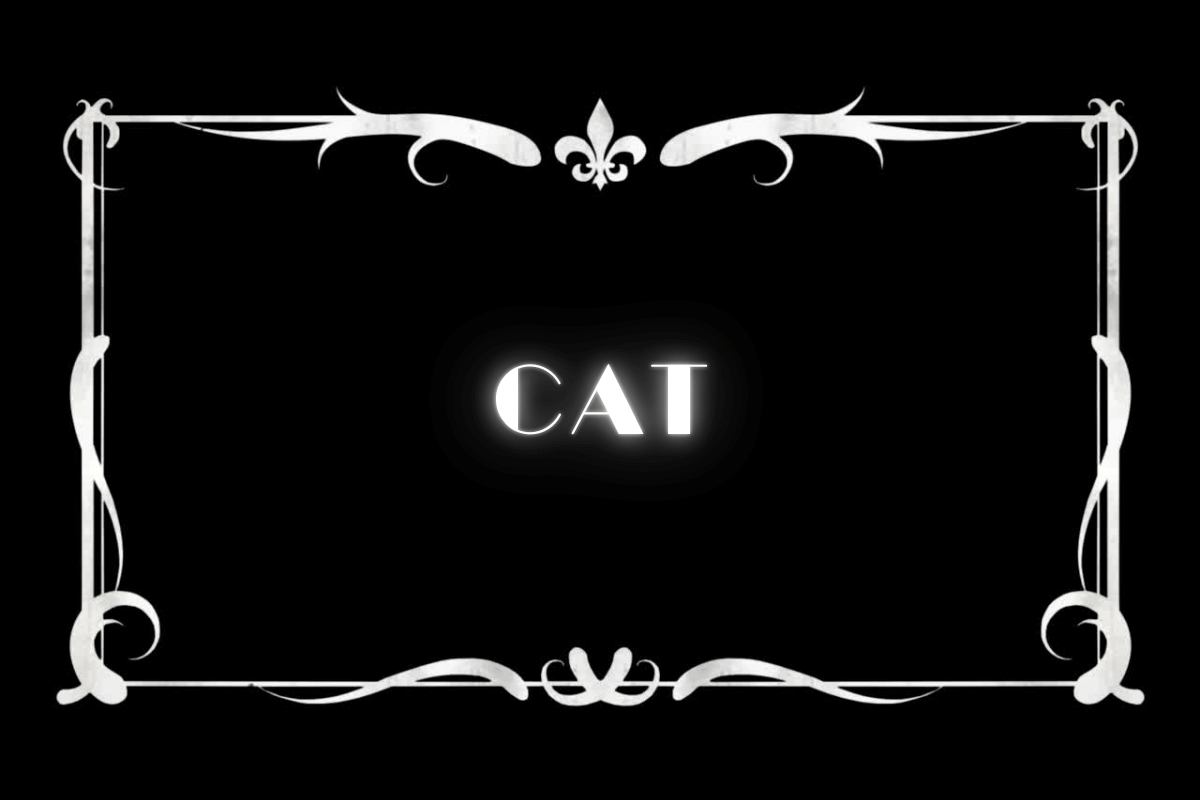
The term “cat” was one of the most common slang expressions for men in the 1920s, particularly in jazz circles and urban slang.
It referred to any man, though it was often used to describe someone who was cool, suave, or part of the cultural scene.
If a man was considered a “cat,” it meant he was stylish and understood the social dynamics of the time, often with a bit of swagger.
“Cat” became synonymous with someone who was on the cutting edge—whether that was through fashion, music, or simply their charm.
The term originated from African American jazz culture, and although its exact origins are murky, it became widely popular in the 1920s, especially among jazz enthusiasts and those who followed the lifestyle of the Roaring Twenties.
Examples in sentences:
- “Come on, cats, let’s get out of here—there’s a party at the speakeasy!”
- “He’s one smooth cat, always with the right people and the best connections.”
- “That cat sure knows how to dress, doesn’t he?”
- “Don’t hang around with those cats—they’ll get you into trouble.”
- “She’s got eyes for that jazz cat in the corner, you can tell.”
Daddy

In the 1920s, “daddy” was used in a variety of ways, most notably to describe a man who had money, power, or status.
It was often used in a playful or affectionate manner, sometimes implying that the man was somewhat pampered or doted on by women.
It could also refer to an older man, particularly someone who had established themselves in society and was seen as a “fatherly” figure to younger people or women in particular.
The term was not necessarily derogatory, but it did carry a sense of a man being the one who “took care of things”—whether that meant providing financial support or being the authority figure.
In some contexts, “daddy” was also used in a more flirtatious way, often in jazz circles or among the younger crowd of the Roaring Twenties, where it was used to describe a man with a certain charm, wealth, and appeal.
Examples in sentences:
- “She was all about finding a rich daddy to spoil her.”
- “That man is a real daddy, always hosting the best parties and picking up the tab.”
- “He’s got the looks and the cash, no wonder they call him daddy.”
- “They called him daddy because he was the one they went to for help—financial or otherwise.”
- “I bet that old daddy’s got some great stories about the good old days.”
Dapper Dan
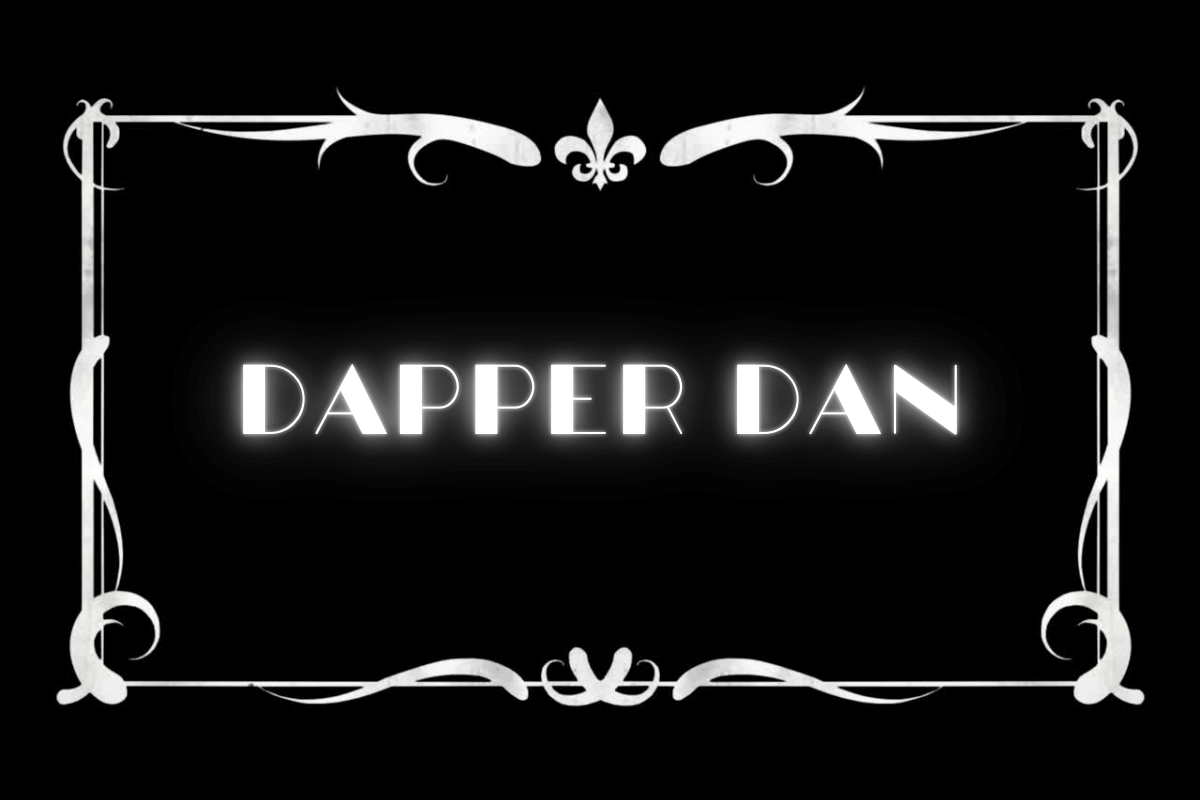
The term “Dapper Dan” became popular in the 1920s as a way to describe a man who was impeccably dressed and had a keen sense of style.
It referred to someone who was very conscious of their appearance, often with a polished, well-groomed look that was admired by others.
The phrase “Dapper Dan” evokes the image of a man with perfectly styled hair, crisp suits, and polished shoes—someone who stood out for his elegance and attention to detail.
While the term was often used to compliment someone for their sharp appearance, it could also be used somewhat sarcastically, implying that a man was more concerned with his looks than with any other quality.
The phrase “Dapper Dan” became so iconic in the 1920s that it was even used in pop culture references and later adopted as a brand name in the fashion world.
Examples in sentences:
- “Look at that Dapper Dan, always wearing the finest suits.”
- “He walked into the room like a true Dapper Dan, catching everyone’s eye.”
- “He may not have a lot going on upstairs, but that Dapper Dan sure knows how to dress.”
- “The Dapper Dan was the center of attention at the party, always looking sharp.”
- “You could tell he spent hours getting ready—such a Dapper Dan.”
Dewdropper
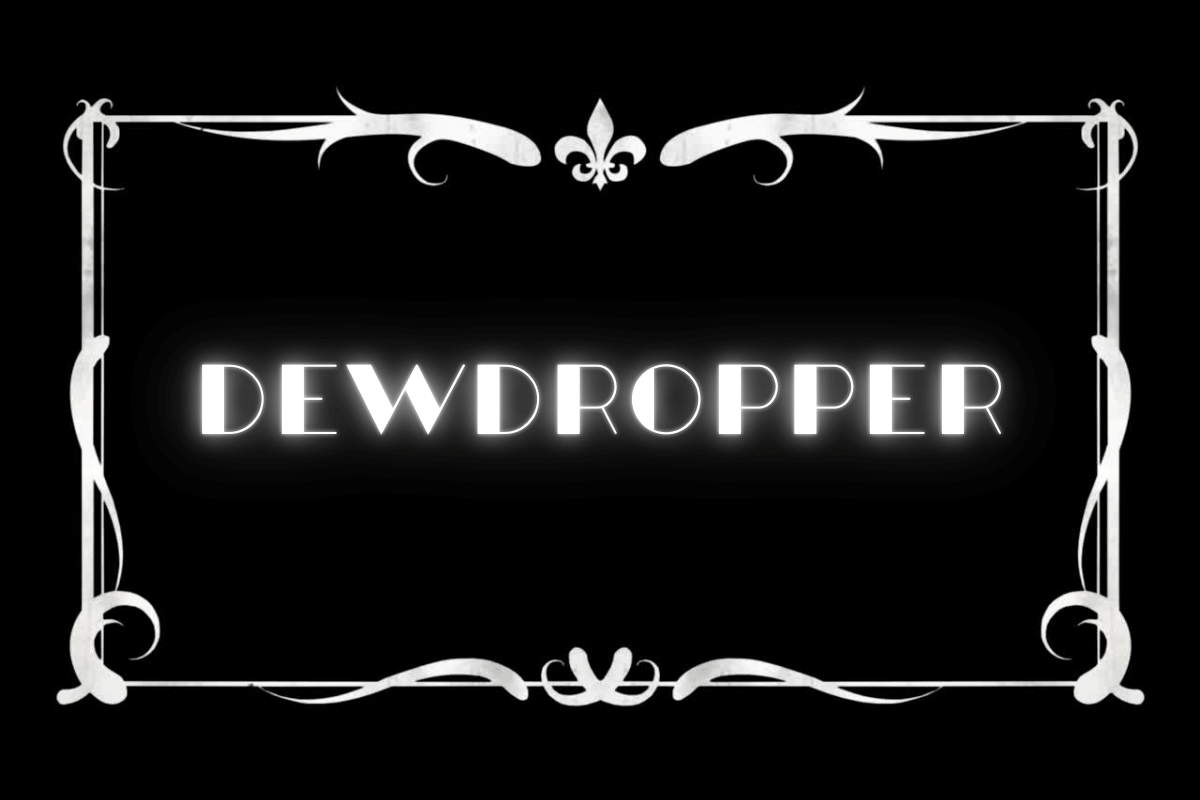
“Dewdropper” was a popular slang term in the 1920s, used to describe a man who was lazy, irresponsible, and generally avoided work or any form of productivity.
Similar to today’s “couch potato,” a dewdropper spent most of his time lounging around, doing little to advance in life or contribute to society.
It was a term often used in a dismissive or critical manner, highlighting the man’s lack of ambition.
While the exact origins of the term are unclear, the image it conveys is that of a person sitting still for so long that they “drop dew,” which paints a picture of idleness and stagnation.
Despite its popularity in the 1920s, the term is still sometimes used today, though it’s far less common.
Examples in sentences:
- “That dewdropper hasn’t lifted a finger all week.”
- “If he keeps acting like a dewdropper, he’ll never get anywhere in life.”
- “They call him a dewdropper, but he’s really just taking time to figure things out.”
- “I wouldn’t hang out with that dewdropper if I were you—he’ll drag you down.”
- “She’s tired of being with a dewdropper who never seems to do anything with his life.”
Goon
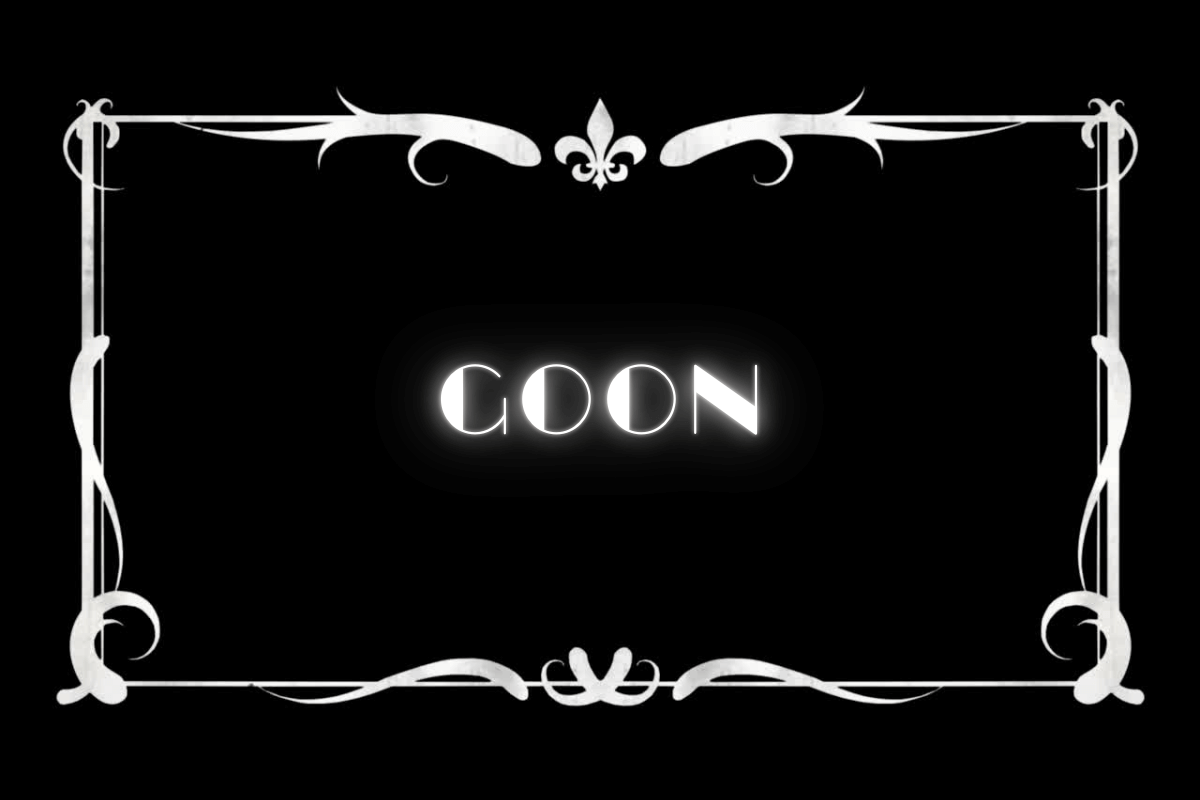
The term “goon” in the 1920s was often used to describe a man who was either foolish, clumsy, or, in some cases, a hired muscle—a tough guy who did the dirty work.
It was often used in a derogatory way to refer to someone who wasn’t very intelligent or who lacked social graces.
In the context of the Roaring Twenties, “goon” could refer to a bumbling henchman in a gangster movie, someone who wasn’t the brains of the operation but was more than willing to follow orders and cause trouble.
“Goon” could also be used to describe a man who was generally awkward or unintelligent, often in the context of social situations.
Over time, the term evolved to carry connotations of a physically intimidating person, though still not particularly clever or sophisticated.
Today, “goon” is still used in a variety of ways, both lightheartedly and negatively, but its origins in the 1920s highlight the term’s connection to street-level thugs and foolishness.
Examples in sentences:
- “That goon was just standing around, looking like he didn’t know what to do.”
- “The boss sent his goon to intimidate the rival gang.”
- “Don’t listen to him—he’s just a goon who doesn’t have a clue.”
- “They hired a couple of goons to handle the mess, but they only made it worse.”
- “The goon tripped over his own feet while trying to impress the crowd.”
Hood
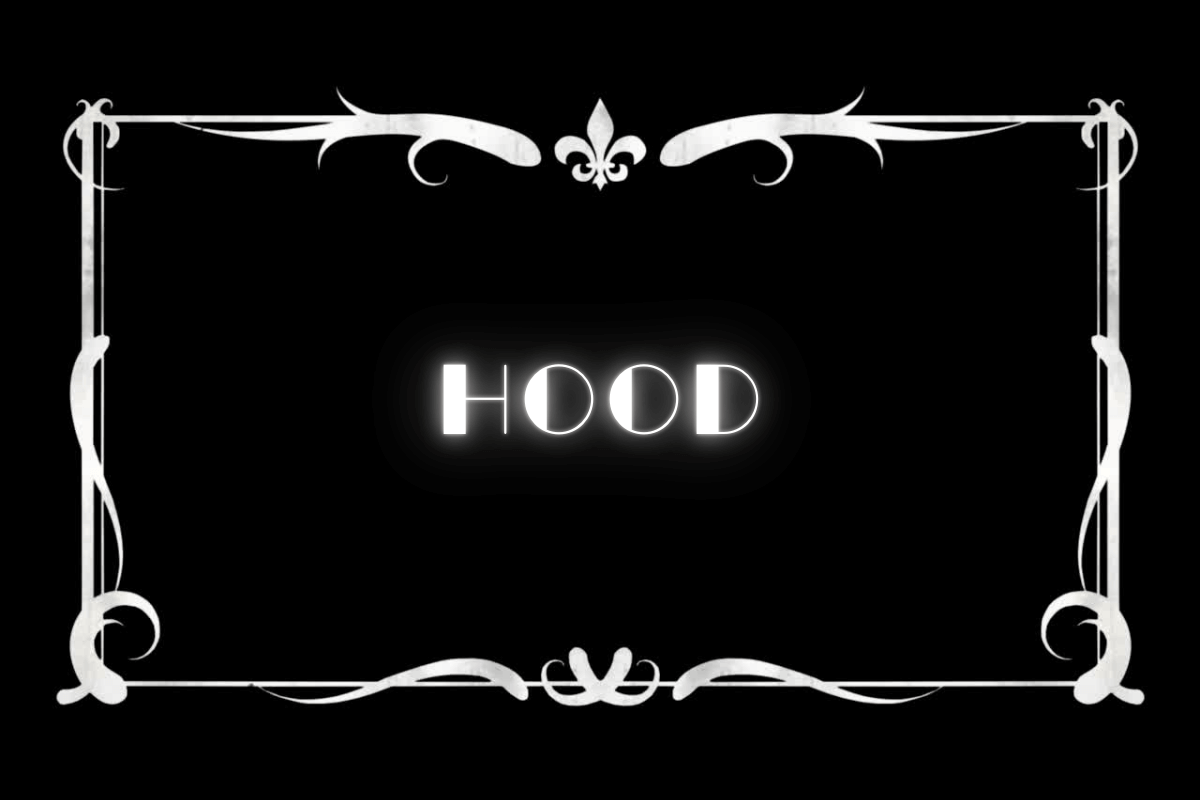
“In the 1920s, the term “hood” was short for “hoodlum,” and referred to a man who was often associated with crime, particularly street-level or gang-related activities.
It was a term that conveyed toughness and rebellion, often linked to men who operated outside the law, such as gangsters, petty criminals, or thugs.
Being called a “hood” implied a rough-and-tumble lifestyle, where survival often depended on strength and cunning rather than intellect.
While “hood” was closely tied to the criminal underworld, it didn’t always carry the same negative connotation as “goon” or “thug.”
In fact, some “hoods” were seen as figures of respect and authority, often revered in their communities for their street smarts and ability to get things done.
However, the association with crime and lawlessness remained at the heart of the term.
Over time, the word evolved, and today “hood” is still commonly used to refer to someone from a rough neighborhood or someone with ties to the street culture.
Examples in sentences:
- “He’s no ordinary guy, he’s a real hood with connections all over town.”
- “The hood was always one step ahead of the cops, knowing every alley and shortcut.”
- “You don’t want to mess with him, he’s got a reputation as a hood.”
- “The hoods in that neighborhood ran the streets with an iron fist.”
- “That guy’s a hood, no question—he’s always involved in something shady.”
Joe

In the 1920s, “Joe” was a slang term that referred to a man in a very general sense, much like the modern use of “guy” or “dude.”
It was commonly used in both the streets and the workplace and didn’t carry any particularly positive or negative connotations on its own.
A “Joe” could be anyone—a man from any walk of life, though it was often used for an everyday, ordinary guy, one who didn’t stand out from the crowd.
The term became popular in the 1920s and was widely used in both casual conversation and media.
It could refer to a hardworking fellow or even a man who was seen as being “average.”
Interestingly, “Joe” was also often used to refer to working-class men, much like the term “Joe Sixpack” is used today in reference to the average, everyday American male.
It reflected the times when men were trying to carve out their place in the world, despite the rapidly changing social landscape.
Examples in sentences:
- “He’s just a regular Joe, works hard at the factory every day.”
- “Don’t mess with him, that Joe’s got a temper when he’s pushed too far.”
- “It’s just good ol’ Joe helping out around here.”
- “Every Joe in town knew about the big event at the speakeasy.”
- “You can’t go wrong with Joe, he’s reliable and gets the job done.”
Lug

The term “lug” in the 1920s was typically used to describe a man who might be big and strong but wasn’t necessarily known for his intellect or sophistication.
It could be used affectionately or derisively, depending on the context. Lugs were often portrayed as tough, simple men who were good at physical tasks but not much else.
While “lug” could describe a working-class man who was capable of heavy labor, it could also imply that the man lacked finesse or the ability to navigate more refined or intellectual tasks.
Despite this, lugs were often respected for their physical abilities and straightforwardness in the rough-and-tumble world of the 1920s.
Examples in sentences:
- “That lug can lift anything, but he can’t tell a Shakespeare quote if his life depended on it.”
- “He’s not much of a thinker, but he’s a real lug when it comes to getting the job done.”
- “You should’ve seen the way that lug carried all those boxes up the stairs.”
- “Don’t mess with him, he’s a lug and he’ll knock you out without thinking twice.”
- “He’s got the heart of a lion, but he’s a bit of a lug when it comes to finesse.”
Mug

The origins of “mug” as a term for a fool likely come from the idea that a man’s face (or “mug”) could be easily read, making him an easy target for manipulation.
In the 1920s, a “mug” wasn’t just a fool—he was also seen as a potential victim, often the one who ended up on the losing side of a streetwise hustle.
- “Don’t be such a mug—she’s just after your money.”
- “That guy’s a real mug if he thinks they’re going to let him in on the deal.”
- “You’ve got to watch out for the mugs down at the docks—they’ll take you for all you’re worth.”
- “He’s a good guy, but don’t make him the mug in your next scheme.”
- “I can’t believe I let myself be such a mug and believed his lies.”
Palooka
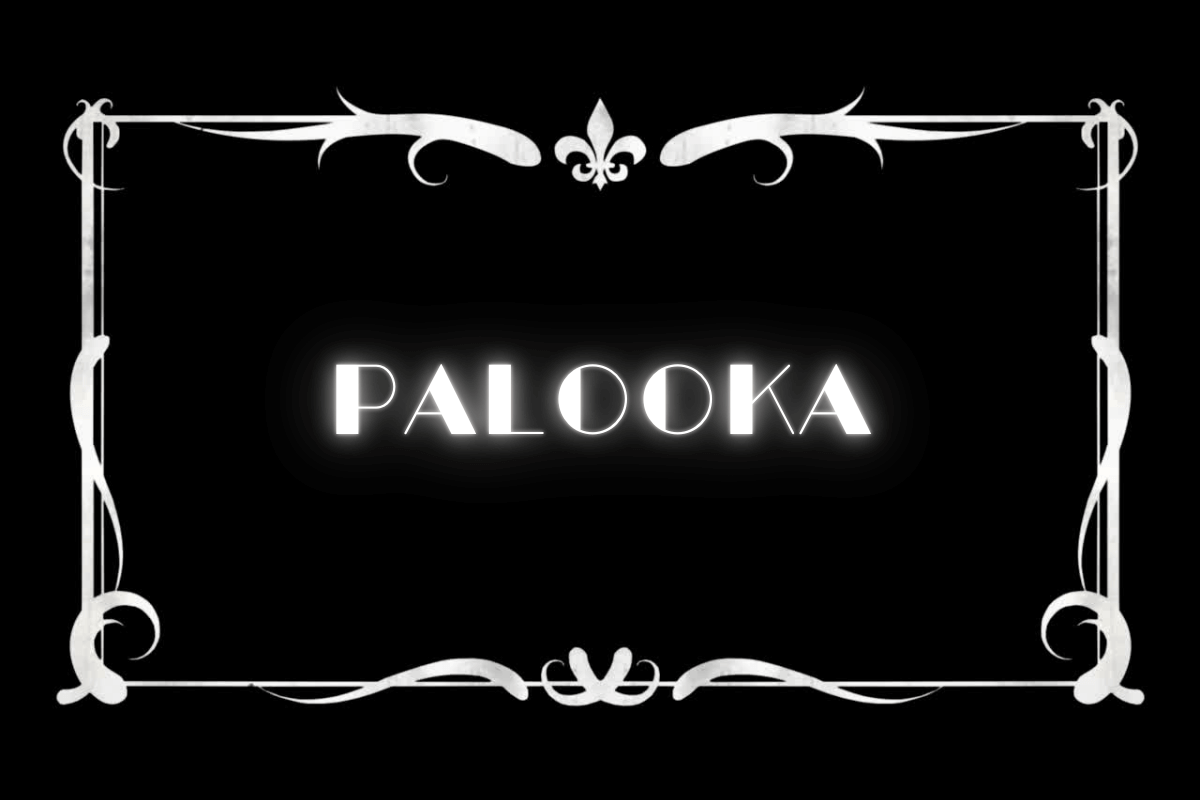
In the 1920s, “palooka” was a slang term used to describe a man who was either clumsy, stupid, or just generally lacking in grace or manners.
While it could be applied to anyone, it was most commonly used to refer to men who were seen as foolish or awkward.
The term was often used in a derisive way, as in “Look at that palooka!”
Though its exact origins remain unclear, the term gained popularity thanks in part to the comic strip character Joe Palooka, who was a bumbling, clumsy prizefighter.
His character helped solidify the association between the word and the image of a somewhat goofy, out-of-place man.
Examples in sentences:
- “Don’t be such a palooka, get your act together!”
- “He’s a real palooka—keeps tripping over his own feet.”
- “You’ve got to be careful, that guy’s a palooka and will mess things up for everyone.”
- “That palooka thought he could win the race, but he was way out of his league.”
- “Stop acting like a palooka and make a decision already.”
Sap
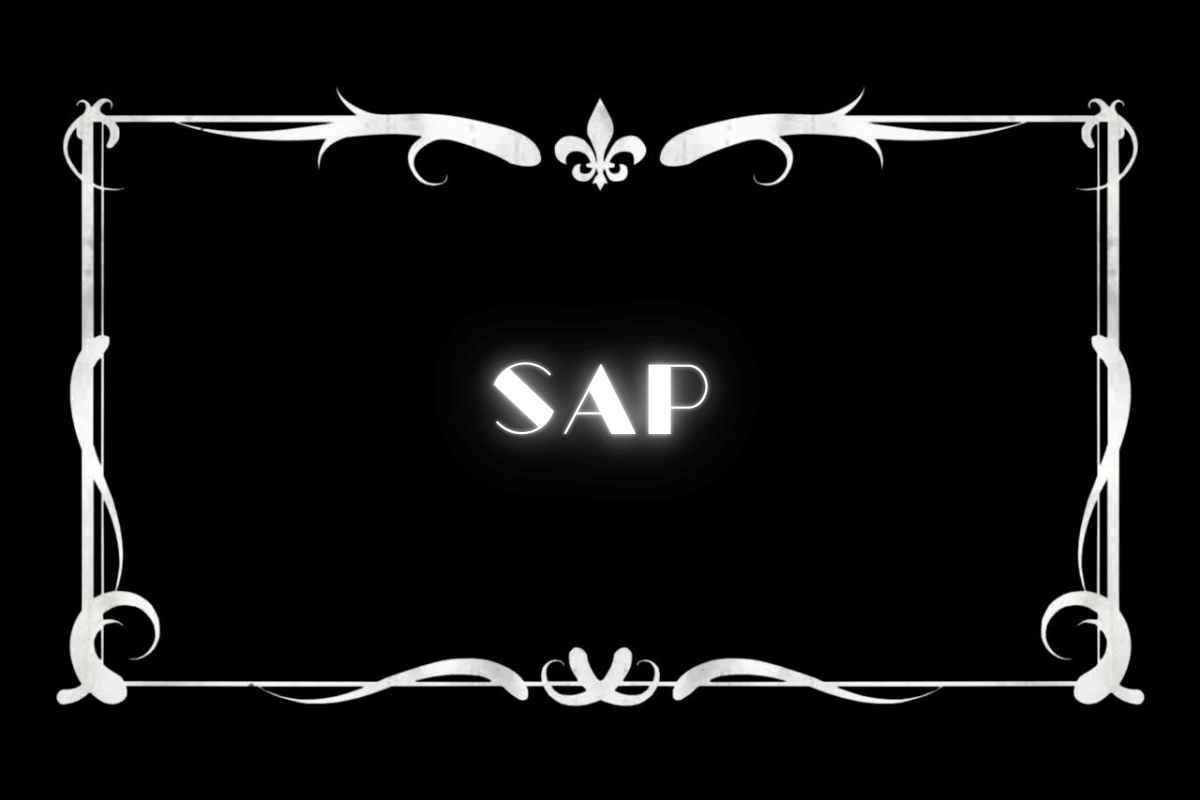
Much like other terms we’ve seen, “sap” was used to refer to a man who was seen as simple, gullible, or lacking in intelligence.
In the 1920s, this was a clear insult and often used in a casual, sometimes playful, manner among peers.
A “sap” was someone who would easily fall for tricks or act without thinking.
It’s still occasionally used today, though its frequency has waned.
The origins of the term date back to the early 19th century, with the first recorded use in 1815.
It’s believed to be a schoolyard term, possibly a shortened form of “sappy,” though this remains uncertain.
By the 1920s, it had found its way into the broader slang lexicon, often used in the same way it is today—implying that the person is naive or a fool.
Examples in sentences:
- “That sap is going to get us all in trouble if he keeps talking like that.”
- “Don’t be a sap—think it through before you make a decision!”
- “He might be a good guy, but he’s such a sap when it comes to business.”
- “The sap fell for the con artist’s story hook, line, and sinker.”
- “She thought he was the smartest guy in the room, but he turned out to be a total sap.”
Sheik

The term “sheik” originally referred to a handsome man, but during the 1920s, it evolved into a more specific slang term for a suave, charming man who was admired by flappers and socialites of the time.
A “sheik” wasn’t just good-looking; he was the kind of man who exuded confidence, style, and an air of mystery—qualities that made him irresistibly attractive in the eyes of women.
The term became widely popular thanks to the 1921 novel *The Sheik* by E.M. Hull, which depicted a passionate romance set in the desert and featured the iconic character of a dashing, mysterious man.
The book, and the subsequent film adaptation starring Rudolph Valentino, helped cement the term in the lexicon of the 1920s as the ultimate descriptor for a man of both beauty and intrigue.
Examples in sentences:
- “Look at that sheik over there—he’s got the whole room’s attention.”
- “She couldn’t resist his charm; he was such a sheik.”
- “The girls were swooning over that sheik in the corner, just as they do in the movies.”
- “He walked in with that confident, smooth demeanor—what a sheik!”
- “They say he’s got a sheik’s look, with that strong jawline and piercing eyes.”
Sport

In the 1920s, “sport” was a friendly, informal term used to describe a man who was easy-going, sociable, and good-natured.
It was often used to address someone with affection or admiration, much like calling someone “buddy” or “pal” today.
The term conveyed a sense of light-heartedness and ease, implying that the man was the type of person you could count on for a good time or to get things done with enthusiasm.
The term also carried the connotation of a man who was a good sport—someone who could take a joke, roll with the punches, and not take life too seriously.
In this sense, “sport” was more than just a nickname; it was a label for a man with charm and an optimistic outlook on life.
Examples in sentences:
- “You’re a real sport for helping me out tonight!”
- “He’s the kind of guy who always has a smile on his face—what a sport!”
- “Come on, sport, let’s hit the town and have some fun!”
- “You’re a good sport for putting up with all the teasing.”
- “That sport always knows how to make people laugh.”
Wisecracker
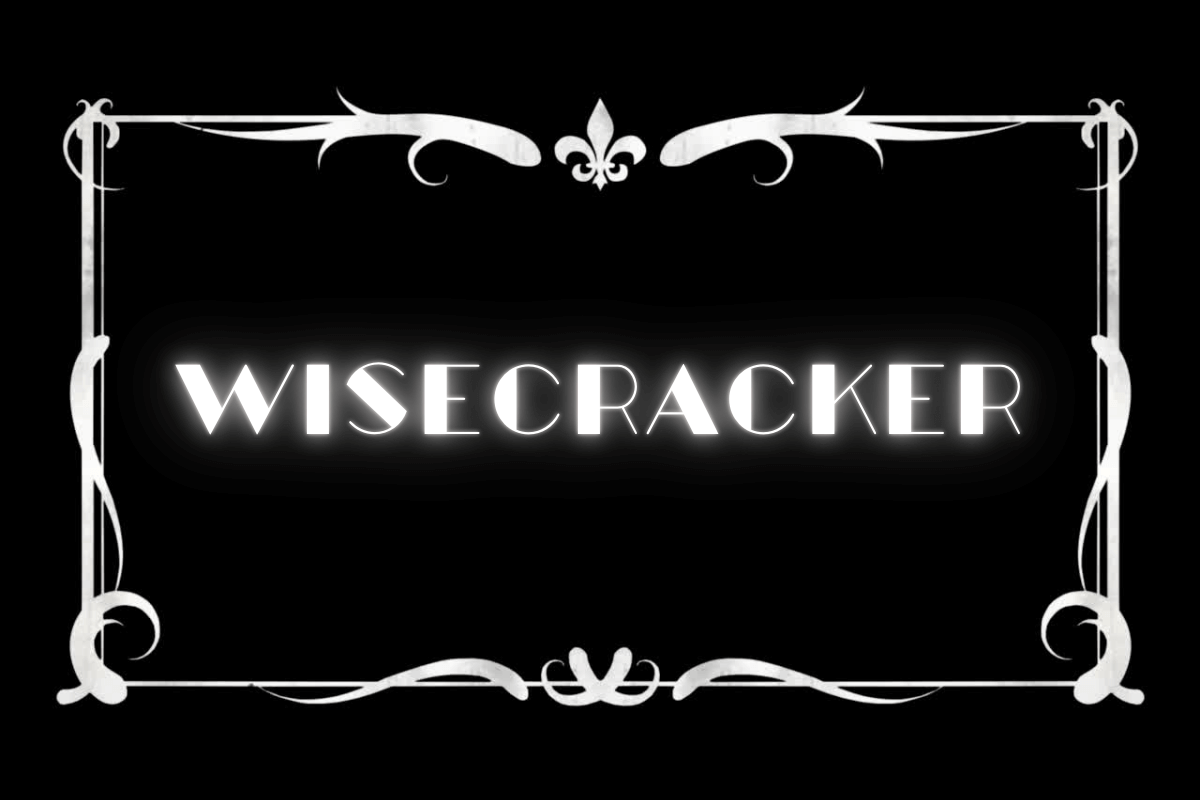
A “wisecracker” in the 1920s was a man who had a sharp sense of humor, often using sarcastic or witty remarks to entertain or irritate others.
The term had a slightly negative undertone, implying that the man in question might be a bit too clever for his own good, often cracking jokes or making snarky comments in social situations.
It was the type of person who always had a joke or a quip ready, even if it was at someone else’s expense.
The term fit well into the fast-paced, humor-laden culture of the Roaring Twenties, where witty banter and sarcastic exchanges were part of the social fabric, especially in jazz clubs and speakeasies.
Wisecrackers were often seen as charming in a mischievous way, but sometimes their sharp tongues got them into trouble.
Examples in sentences:
- “Stop being such a wisecracker and take things seriously for once!”
- “He always has a witty comeback—he’s a real wisecracker.”
- “The wisecracker at the table made everyone laugh with his quick one-liners.”
- “You can’t get anything past him; he’s a true wisecracker.”
- “She rolled her eyes at his latest wisecracker and shook her head.”

